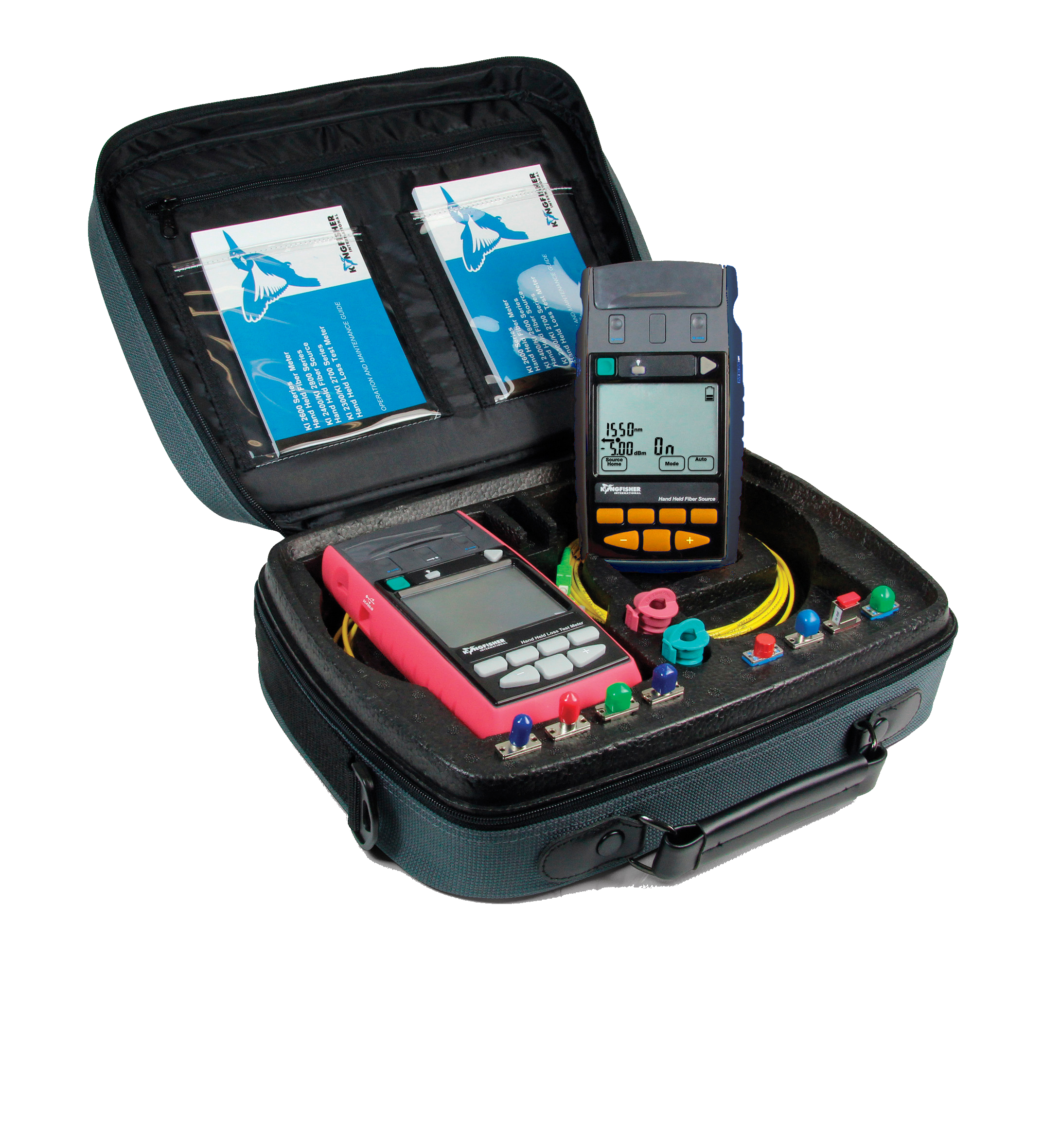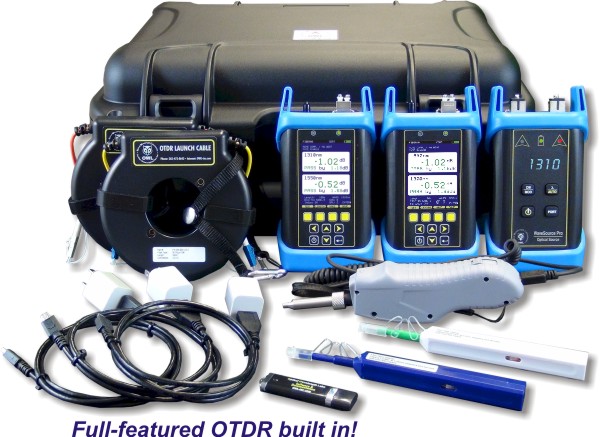Checking out the Influence of Robotic Vision on Modern Manufacturing Techniques and High Quality Control
Robotic vision technology is changing the landscape of modern-day manufacturing and top quality control. By integrating advanced imaging systems and expert system, producers can achieve extraordinary degrees of accuracy and efficiency. This change not just maximizes manufacturing processes but additionally addresses vital difficulties in keeping item criteria. As sectors significantly rely upon these developments, the ramifications for future manufacturing methods continue to be to be fully explored. What will this indicate for the competitive characteristics of the market?
Understanding Robotic Vision Technology
Robotic vision technology functions as the foundation of automation in modern production. It includes making use of electronic cameras, sensing units, and man-made intelligence to allow robotics to analyze and react to aesthetic information from their setting. This technology enables robots to identify, find, and assess things, making them efficient in doing complex tasks such as assembly, assessment, and material handling with accuracy. The integration of artificial intelligence algorithms better improves the capability of robotic vision systems, enabling them to adapt to varying conditions and enhance in time. By refining pictures and data in real-time, robotic vision systems can facilitate much faster decision-making and decrease errors in manufacturing processes (robotic vision). This modern technology not just improves operational performance yet also guarantees that quality criteria are fulfilled consistently. As the production landscape remains to evolve, understanding the intricacies of robotic vision modern technology comes to be important for leveraging its potential fully
Benefits of Robotic Vision in Manufacturing
Robotic vision innovation provides considerable advantages in production by improving accuracy and accuracy in tasks such as quality assurance and assembly. This raised degree of information assurances that items satisfy strict standards, lowering waste and remodel. Furthermore, the assimilation of robotic vision can lead to boosted production effectiveness, allowing producers to maximize their procedures and attain greater outcome prices.
Improved Precision and Accuracy
In contemporary manufacturing, boosted precision and accuracy are essential for enhancing production procedures and making certain product top quality. Robotic vision systems enable makers to perform complex jobs with exceptional consistency. These systems utilize sophisticated imaging technologies to identify minute information and variations in materials, elements, and ended up items. By evaluating aesthetic data in real-time, robotic vision substantially reduces human mistake, bring about fewer defects and better requirements. Furthermore, improved accuracy in measurements and positioning facilitates better placement in setting up procedures, which is essential for elaborate styles. Eventually, the assimilation of robot vision not just bolsters the dependability of producing outcomes however also promotes self-confidence amongst customers regarding item integrity and efficiency. This accuracy is vital in industries where quality is extremely important.
Enhanced Production Performance

Makers are increasingly turning to vision systems to increase production effectiveness across different processes. These innovative systems allow real-time inspection and surveillance, substantially reducing downtime brought on by mistakes or problems. By integrating robotic vision, business can automate quality assurance, permitting faster recognition of issues and lessening the requirement for human intervention. This brings about structured workflows, as robotics can swiftly adapt to modifications in production demands without sacrificing accuracy. Moreover, vision systems help with better inventory monitoring by properly tracking parts and items, guaranteeing ideal resource utilization. Eventually, the adoption of robot vision not only enhances efficiency but additionally adds to greater outcome rates, lowered functional prices, and improved general performance in the production market.
Enhancing High Quality Control Processes
Robotic vision technology greatly boosts quality assurance processes in production by utilizing precision inspection strategies. These innovative systems assist in real-time flaw detection, making sure that items fulfill stringent top quality criteria. Therefore, makers can decrease waste and boost total efficiency.
Precision Examination Techniques
Accuracy assessment methods have actually revolutionized high quality control procedures in manufacturing, allowing the discovery of min flaws that typical approaches may overlook. These strategies utilize advanced imaging modern technologies, such as high-resolution cameras and laser scanning, to achieve unmatched accuracy. By utilizing robot vision systems, suppliers can automate assessment tasks, guaranteeing regular performance and lowering human error. The assimilation of maker knowing formulas furthermore enhances these systems, allowing them to adjust and improve with time. On top of that, precision evaluation assists in the recognition of subtle variants in product measurements and surface coatings, which can considerably influence overall item top quality. Therefore, suppliers can apply rehabilitative actions extra swiftly, inevitably causing reduced waste and improved consumer fulfillment.
Real-Time Problem Discovery
Utilizing innovative imaging innovations, real-time issue discovery transforms quality assurance procedures in manufacturing. By integrating high-resolution cams and sophisticated formulas, manufacturers can promptly determine anomalies during production. This modern technology facilitates instant restorative actions, reducing waste and improving overall performance. Real-time systems assess products as they move along the production line, guaranteeing that defects are spotted and dealt with without delaying production schedules. On top of that, the implementation of maker learning boosts the accuracy of these systems, allowing them to adjust to brand-new issue patterns over time. As a result, manufacturers benefit from improved item high quality and reduced operational prices. Eventually, real-time flaw detection not just enhances procedures yet also cultivates a society of constant enhancement in modern-day manufacturing atmospheres.
Real-Time Data Analysis and Choice Making
In the vibrant landscape of production, real-time data evaluation equips systems to make swift, notified choices. By leveraging innovative robot vision modern technologies, manufacturers can collect and process substantial quantities of data instantaneously. These systems analyze aesthetic inputs to keep an eye on manufacturing see here now procedures, ensuring that any type of inconsistencies from quality standards are detected and addressed quickly. Producers can optimize procedures by reallocating resources and changing workflows based on real-time insights.
The integration of information analytics allows for anticipating maintenance, where prospective tools failures are expected before they interrupt production. This aggressive method reduces downtime and boosts overall effectiveness. optical fibre diameter analyser. The capacity to make data-driven decisions in actual time considerably minimizes waste and boosts item high quality, allowing makers to react to market needs swiftly. Therefore, real-time information analysis not just streamlines manufacturing yet likewise cultivates a culture of continuous renovation in modern manufacturing settings
Obstacles in Executing Robotic Vision Equipments
Executing robotic vision systems in manufacturing presents a variety of obstacles that can prevent their performance. One substantial challenge is the intricacy of integrating these systems with existing equipment and process. Makers often face compatibility problems with tradition equipment, bring about raised prices and downtime. Additionally, the variability in product forms, dimensions, and products can make complex the calibration of vision systems, demanding extensive training and fine-tuning.
Another difficulty hinges on refining big volumes of visual data in real time. High-performance computer sources are vital, which might need additional financial investment in framework. There is a lack of experienced workers capable of managing and maintaining these advanced systems, leading to possible functional ineffectiveness. Ultimately, making certain the integrity and precision of robotic vision systems under varying environmental problems postures a continuous obstacle. Addressing these concerns is important for maximizing the prospective benefits of robot vision in manufacturing.
Future Patterns in Robotic Vision for Production
As improvements in man-made intelligence and artificial intelligence continue to progress, the future of robot vision in manufacturing appears significantly appealing. Emerging trends show a shift towards a lot more innovative imaging innovations, such as 3D vision systems and click site hyperspectral imaging, which will improve precision in high quality control processes. Assimilation with the Web of Points (IoT) will enable real-time information evaluation, enabling robotic systems to adjust promptly to changes in the manufacturing setting. Furthermore, the growth of joint robotics (cobots) geared up with advanced vision abilities is anticipated to facilitate seamless human-robot interactions, improving performance and security on the . In addition, the consolidation of edge computer will certainly equip robotic vision systems to process data locally, minimizing latency and making it possible for faster decision-making. These technologies will not only improve producing processes yet additionally greatly enhance item high quality, positioning robot vision as a keystone of future commercial operations.
Frequently Asked Inquiries
Exactly How Much Does Robotic Vision Modern Technology Generally Expense?
Robotic vision technology usually sets you back between $10,000 and $100,000, depending upon the complexity and specifications. Elements influencing price include sensor quality, software application abilities, and integration needs, making it important to examine details task needs.
What Industries Are Many Influenced by Robotic Vision Innovations?
Robotic vision improvements considerably influence industries such as production, automotive, electronic devices, and food handling - optical fibre diameter analyser. These fields gain from improved automation, improved quality assurance, and raised effectiveness, resulting in streamlined procedures and decreased labor costs
Can Robotic Vision Solutions Be Integrated With Existing Equipment?
Robotic vision systems can without a look at this now doubt be integrated with existing equipment. This assimilation enhances operational efficiency, allowing suppliers to take advantage of advanced technologies without the requirement for total overhauls, thereby maximizing production procedures and keeping quality standards.

What Abilities Are Called For to Run Robotic Vision Systems?
Running robot vision systems requires effectiveness in programs, an understanding of equipment learning, understanding of picture handling strategies, and the capacity to troubleshoot equipment and software program issues, guaranteeing seamless combination and perfect performance within manufacturing settings.
Are There Any Security Issues With Robotic Vision in Manufacturing?
